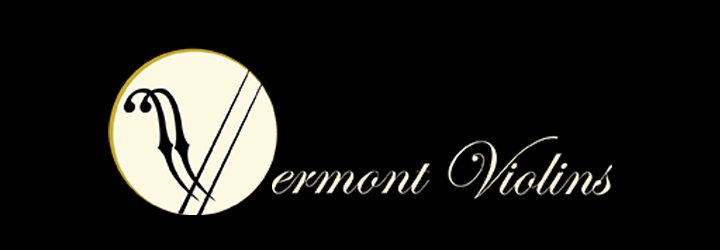Knowing Your Bow….Understanding Wood Registry Systems
With the new limitations on Pernambuco import/export, bow owners must take extra precautions to ensure that their bow is both legally and ethically made. Pernambuco, an endangered wood species, is the most frequently used wood in bow making . The high prices this wood earns for this niche manufacturing and artisanal craft is largely responsible for the woods current significant decline in its natural habitat, Brazil. -It’s a little more complicated, yes, it is hard to plant elsewhere, but the Brazilian government does not allow the export of Pernambuco seeds/saplings either.
The Brazilian government hopes to move Pernambuco to the CITES Appendix One listing (it is currently Appendix Two) which would add products like bows containing pernambuco to the lists of materials controlled for import or export including ivory, tortoise, and whalebone. New controls could have a severe impact on the future of the craft of bowmaking. Any Pernambuco exported as raw wood requires CITES certification and documentation. Such a step is justifiable as the export of illegally harvested Pernambuco continued unabated after the laws went into effect; international efforts to restrict the black market were ineffective.
Bowmaking companies are working to develop systems to create legal documentation if Pernambuco does get listed on Appendix 1, Certification documents would show that the wood was harvested prior to 2007 when it became illegal to sell Pernambuco wood without CITES documentation. Effective systems to document legality require outside verification, such as a government agency or internationally accepted NGO.
Germany, has been working hard to create a documentation system that we hope will set a standard that can be globally adopted. Before 2007, when Pernambuco became listed as a CITES Two endangered species (which limited the import and export of raw Pernambuco wood), the German government developed, in cooperation with their bowmakers, a system to register bow stocks with the government. Bow blanks were assigned numbers that could be tracked to the bows they made; shops were required to record when wood was used and when new wood was added to the collection (properly documented of course).
It was a daunting task, requiring in some cases weeks of inventory work: counting, numbering, recording and then following up with updates duly recorded with the government agency tasked with protecting our natural resources.
The result of their diligent administrative work - we can now safely purchase and sell many German bows, knowing that the wood used was legally harvested prior to the date that harvesting became illegal. As the American marketplace is the single largest consumer of illegal Pernambuco, it is refreshing for us to be able to offer quality bows from such eminent bowmakers like Dorfler, Roderich Paesold and many others, with legal documentation.
We hope that other countries, the United States included soon adopts a similar program.


